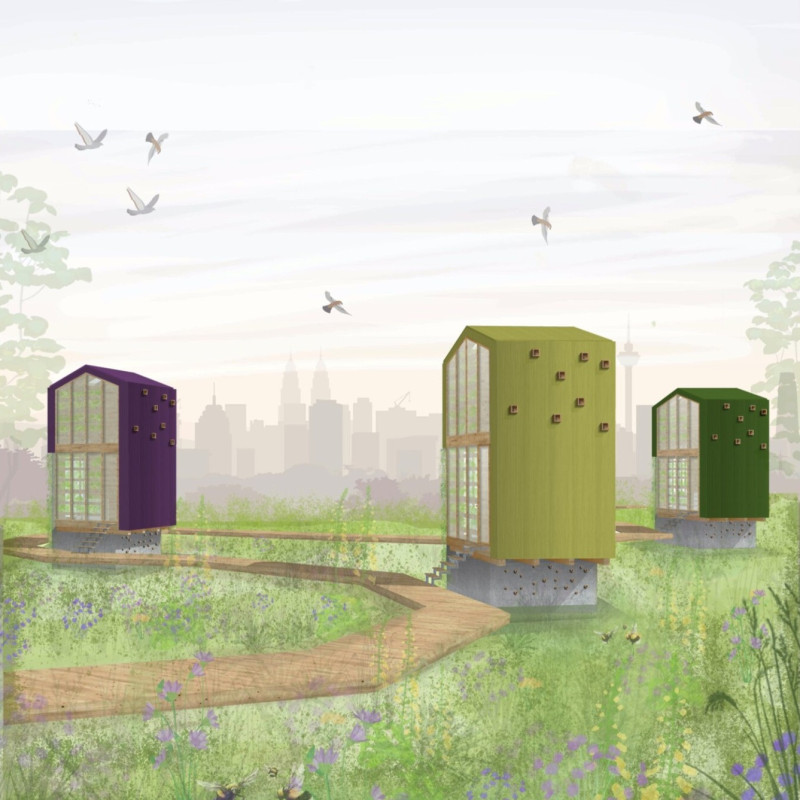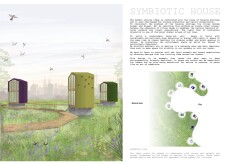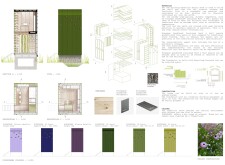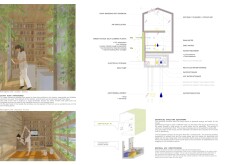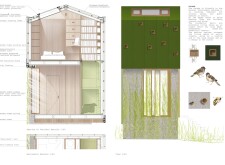5 key facts about this project
### Project Overview
The Symbiotic House addresses the critical issues of housing shortages and environmental sustainability within an urban context. The design aims to create a balance between human habitation and the surrounding natural environment, fostering a coexistence that supports both residents and local wildlife. This proposal incorporates eco-friendly materials and innovative solutions, emphasizing sustainability as a core principle in the creation of residential spaces.
### Environmental Integration
A central tenet of the design is its commitment to enhancing local biodiversity alongside offering a viable housing solution. The architectural approach considers the ecological impact of human activities, offering living spaces that positively engage with the surrounding environment. Key aspects of this theme include:
- **Sustainable Living Practices**: Utilizing construction materials that minimize environmental footprints.
- **Wildlife Accommodation**: Design elements that encourage interactions with local fauna, including habitats integrated into the building structure.
- **Urban-Natural Symbiosis**: Thoughtful site placement that encourages the merging of urban development with green spaces.
### Material Selection and Technical Systems
The material choices and technical systems employed in the Symbiotic House further bolster its sustainability objectives. Notable materials include:
1. **Kingspan® QuadCore® Insulated Panels**: Used for walls and roofs, these panels provide excellent thermal performance and are lightweight and recyclable.
2. **Sustainably Sourced Pine Wood**: Utilized for interior finishes, offering a natural aesthetic with a low environmental impact.
3. **Recycling-Concrete Foundation**: Incorporates recycled materials, enhancing resource efficiency.
The integration of various technical systems is crucial for energy management, including geothermal heating and rainwater harvesting. Efficient energy storage solutions facilitate the management of generated energy and support overall resource conservation, aligning with sustainability goals while ensuring functionality and comfort for occupants.


